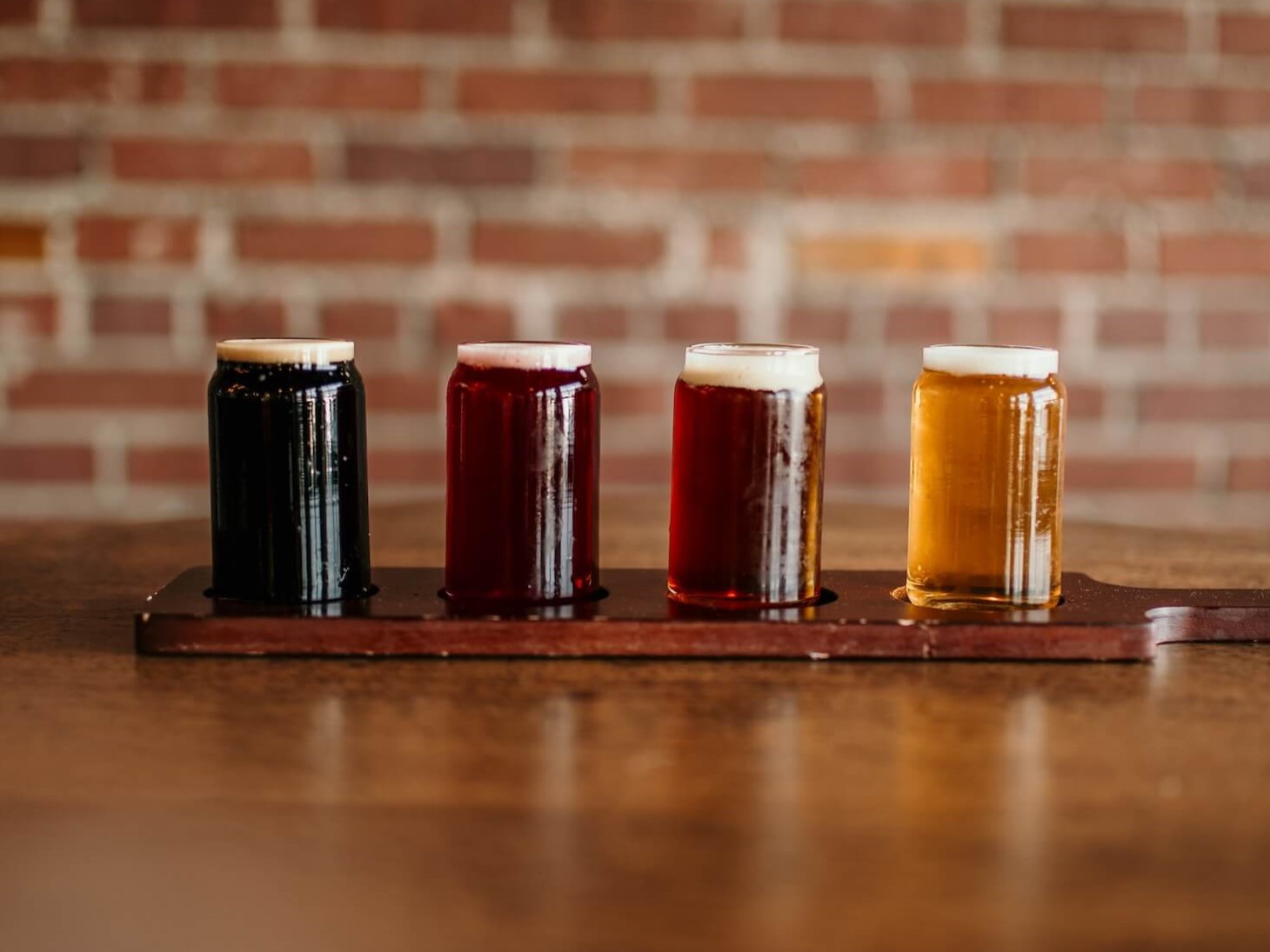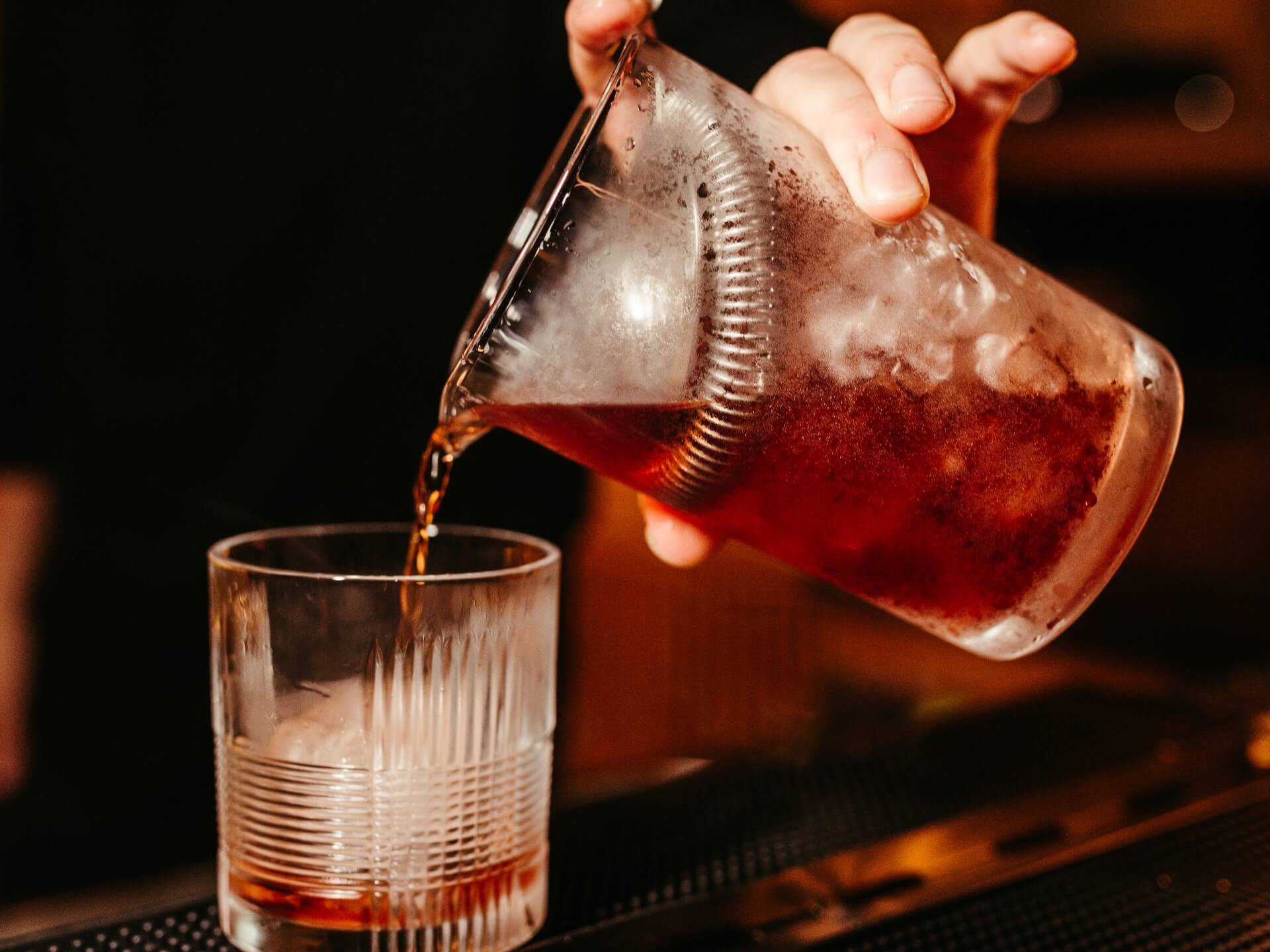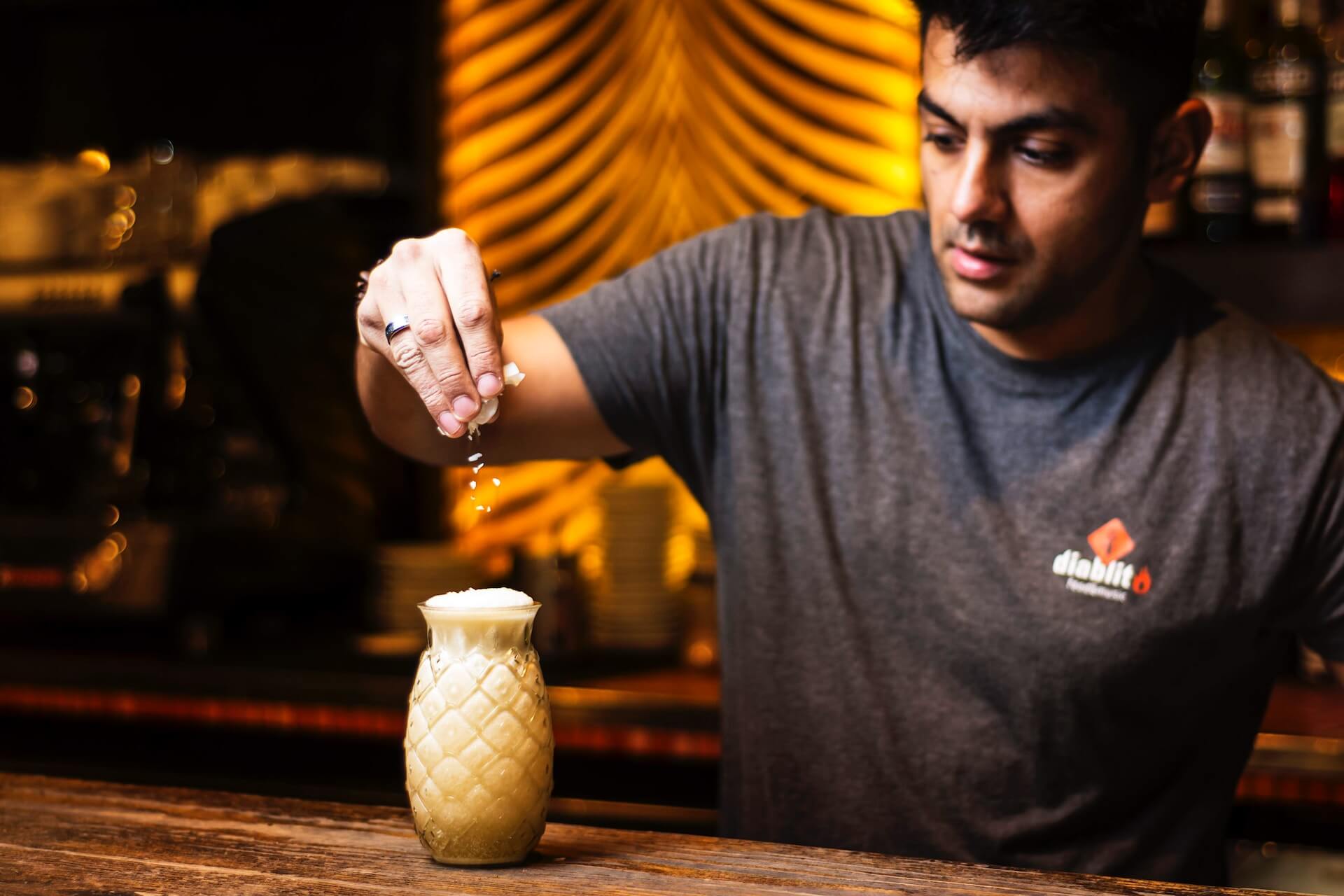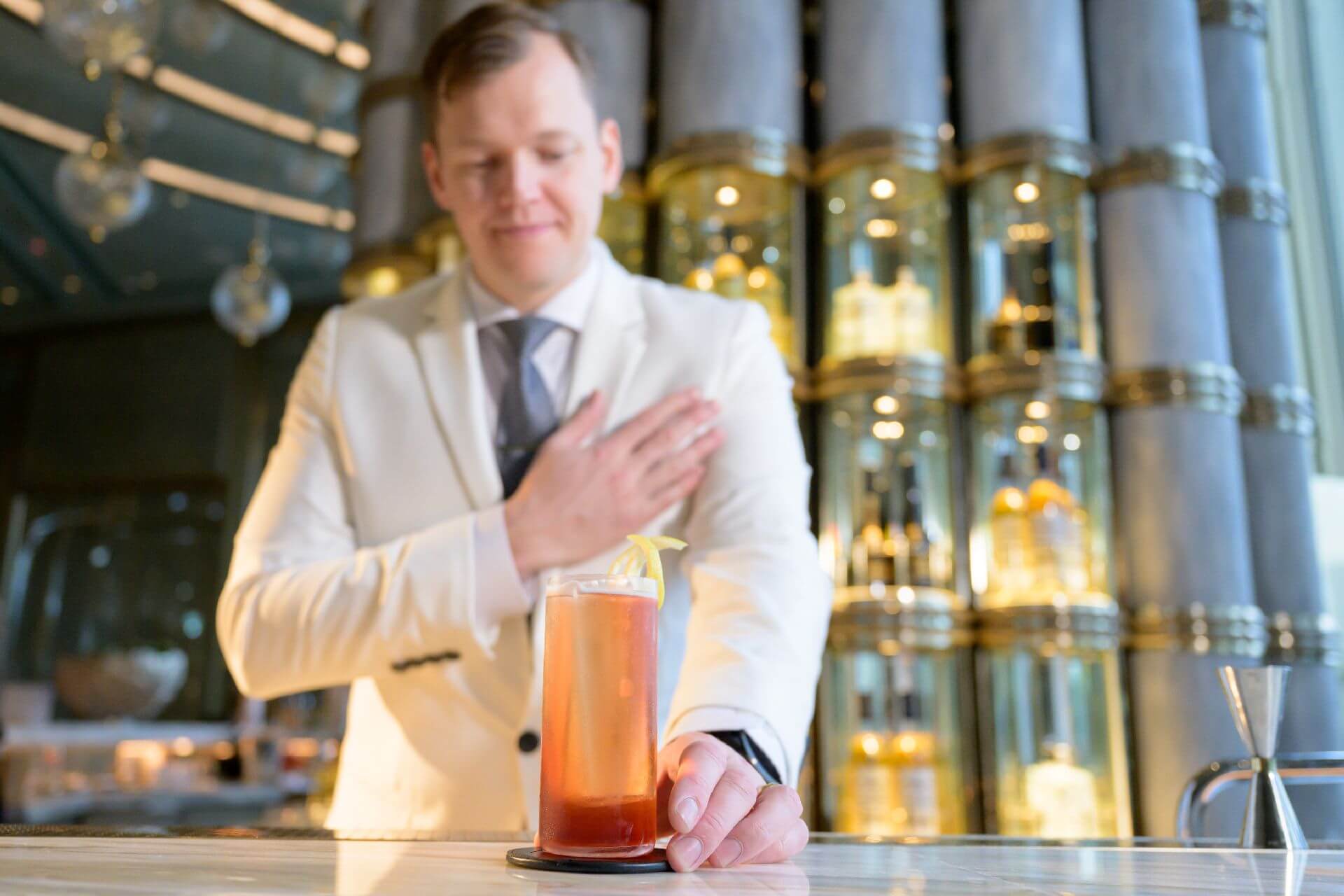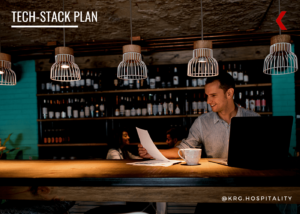Should You Offer Your Guests Brunch?
by David Klemt

Is brunch on its way to becoming a lucrative daypart that can grow traffic, increase revenue, boost guest engagement, and promote loyalty?
If a report from Square is anything to go off, yes.
Owing in part to changes in consumer behavior from 2019 to now, brunch appears to be a solid traffic and revenue generator. The number of people working from home is impacting daypart spending, which makes sense. Traditional office workers will often pop into a QSR or cafe for coffee and breakfast on their way in to work. And when lunch rolls around, they tend to head out to restaurants nearby for their break.
Now, the data support the belief that more people are staying home on weekdays and unleashing pent-up demand for socializing and dining out on the weekends. And apparently that demand is rather voracious, because brunch appears to be on the rise.
In 2019, just over eight percent of all dining dollars were spent on Saturdays during traditional brunch hours. That has grown to just over ten percent this year.
In terms of engagement and bringing more brand awareness, the term itself is growing on social media platforms.
Along with revisiting hours of operation, it may be wise for operators to consider offering Saturday or Sunday brunch.
Bristory
Yes, that’s a brunch-style portmanteau of “brunch” and “history.” No, I’m not proud of myself but I’m leaving it in.
The portmanteau “brunch” is believed to have first been coined by a British writer named Guy Beringer in 1895. He included the word in an article he wrote for Hunter’s Weekly. Beringer was making the case for noontime meal that combined breakfast and lunch.
In arguing for what may be the world’s first hybrid meal, Beringer wrote that, “the arguments in favor of Brunch are incontestable. In the first place it renders early rising not only unnecessary but ridiculous. You get up when the world is warm, or at least, when it is not so cold. You are, therefore, able to prolong your Saturday nights…”
The word would appear a year later in a Pennsylvanian publication called the New Oxford. More than 30 years later, brunch was on its way to becoming “a thing” in the US.
Oh, and there are arguments that an American reporter, Frank Ward O’Malley, who should credit for the word “brunch.” Those who believe this is the case say O’Malley created the portmanteau some time between 1906 and 1919. As is the case with many classic cocktails, the origin of brunch is at least somewhat hazy.
By the 1970s, the stigma that once came with brunch—that drinking publicly during the day could harm one’s reputation—began to dissipate.
Brunch by the Numbers
According to Square, brunch is appealing for several reasons.
Let’s take a look at this infamous daypart by the numbers.
- 9.8 percent: Growth in the number of restaurants in the US offering breakfast and brunch in 2022 alone.
- 10 percent: Amount of overall spending in restaurants on Saturdays between the hours of 8:00 AM and 1:00 PM in 2023.
- 35 million: Number of #brunch Instagram posts, and the number is growing.
- 4.5 billion: Number of TikTok views of posts with #brunch.
- 71 percent: Number of Americans who wish restaurants in the US would serve breakfast items all day.
To me, the most striking statistic is that brunch spending now accounts for ten percent of all restaurant spending.
That spend is logical when we think about who tends to enjoy brunch: people with time and money to spend on a leisurely, all-day meal.
As professor Farha Ternikar, author of Brunch: A History, has said, “Brunch continues to grow anywhere there is disposable income or time.”
So, operators who are considering offering brunch for the time or investing more into brunch have some questions to answer: Who is my target audience? What’s the population density of my market? Who has disposable income and time? Should I offer brunch on Saturday, Sunday, or both days? Does brunch work for my concept? Which venues near me are already offering brunch?
Answer those questions and speak with your staff before jumping feet first into this potentially lucrative daypart.
Image: Helena Lopes on Pexels

